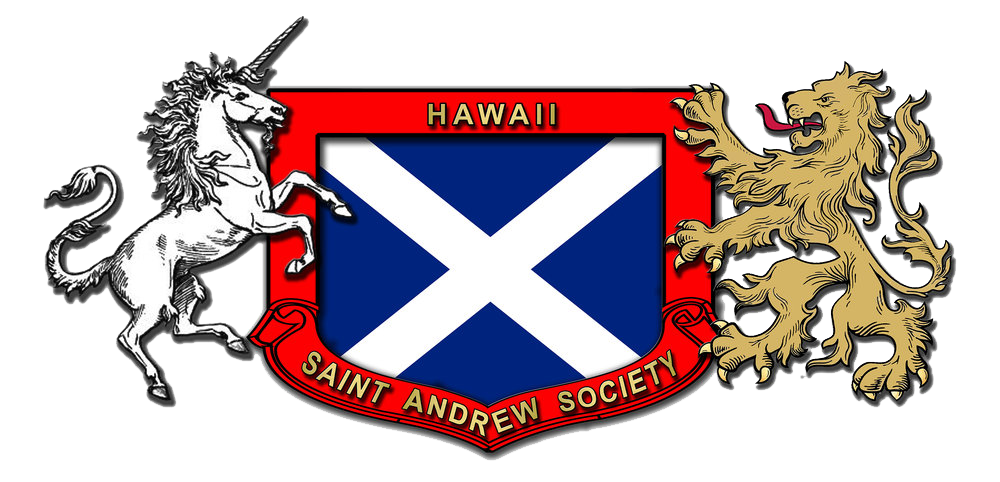The Unicorn
The unicorn is the national animal of Scotland. The Royal Coat of Arms of Scotland, used prior to 1603 by the Kings of Scotland was supported by two unicorns and the current royal coat of arms of the United Kingdom is supported by a unicorn for Scotland along with a lion for England.
According to legend a free unicorn was considered a very dangerous beast; therefore the heraldic unicorn is chained, as were both supporting unicorns in the Royal coat of arms of Scotland.
Our unicorn is unchained and proud. Symbolizing our love for Scotland and the freedom we enjoy here in America.
The lion
The lion is a common charge in heraldry. It traditionally symbolises courage, nobility, royalty, strength, stateliness and valour, because historically it has been regarded as the "king of beasts"
The lion as a heraldic charge is present from the very earliest development of heraldry in the 12th century. A "lion rampant" is depicted in profile standing erect with forepaws raised. The position of the hind legs varies according to local custom: the lion may stand on both hind legs, braced wide apart, or on only one, with the other also raised to strike; the word rampant is often omitted, especially in early blazon, as this is the most usual position of a carnivorous quadruped.
As previously discussed, the lion is frequently seen representing England and in the shares the United Kingdom’s Coat of Arms with the unicorn. There is a long history of English influence in Hawaii.
The Saltire
The Flag of Scotland, called The Saltire or Saint Andrew's Cross, is a blue field with a white saltire. According to tradition, it represents Saint Andrew, who is supposed to have been crucified on a cross of that form (called a crux decussata) at Patras.
The Saint Andrew's Cross was worn as a badge on hats in Scotland, on the day of the feast of Saint Andrew.
In the politics of Scotland, both the Scottish National Party and Scottish Conservative Party use stylised saltires as their party logos, deriving from the flag of Scotland.
Prior to the Union the Royal Scots Navy used a red ensign incorporating the St Andrew's Cross; this ensign is now sometimes flown as part of an unofficial civil ensign in Scottish waters.
This reminds us of Caledonia and honors the land of our origin.
The Clans
The Clan is a concept which dates back to the 12th Century. The Scottish clans were originally extended networks of families who had loyalties to a particular chief, but the word 'clan' is derived from the Gaelic 'clann', meaning literally children.
In Scotland a clan is still a legally recognised group with an official clan chief. The chief's Seal of Arms, incorporated by the Lord Lyon's letters Patent, is the seal of the corporation and only the chief has the legal right to use the seal on behalf of his clan.
- from Scotland.org
Read More here.


